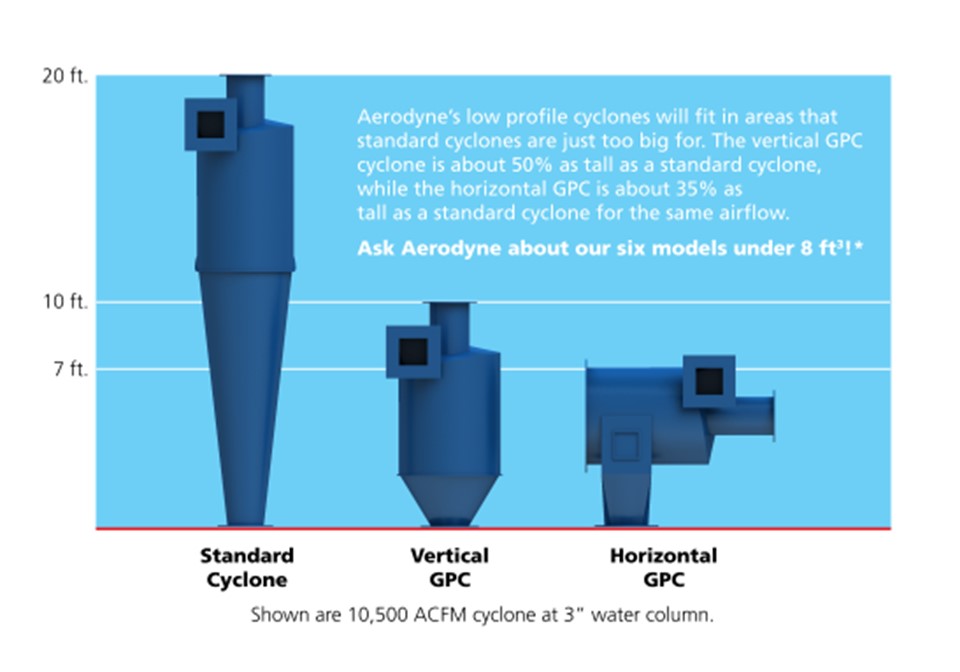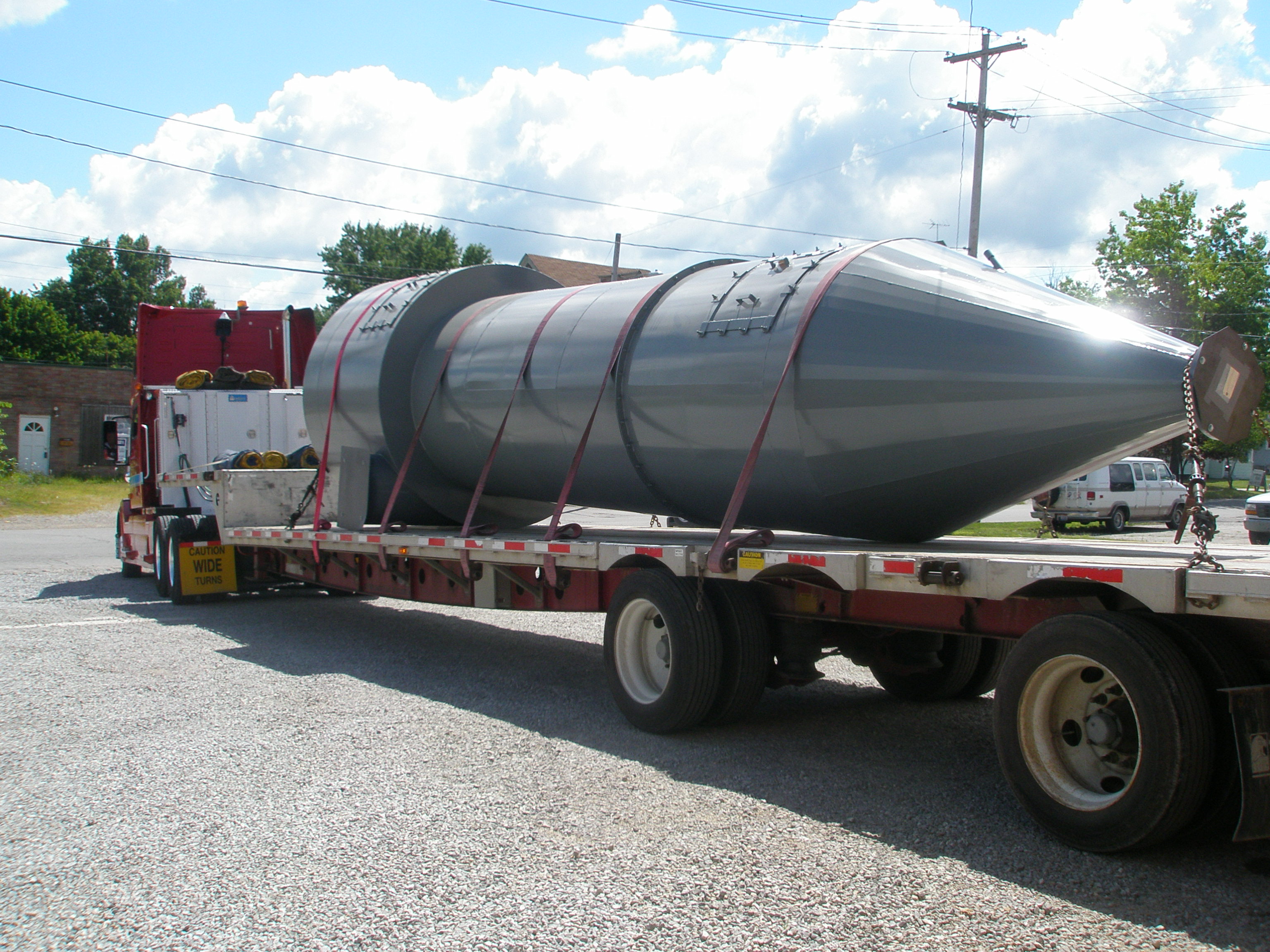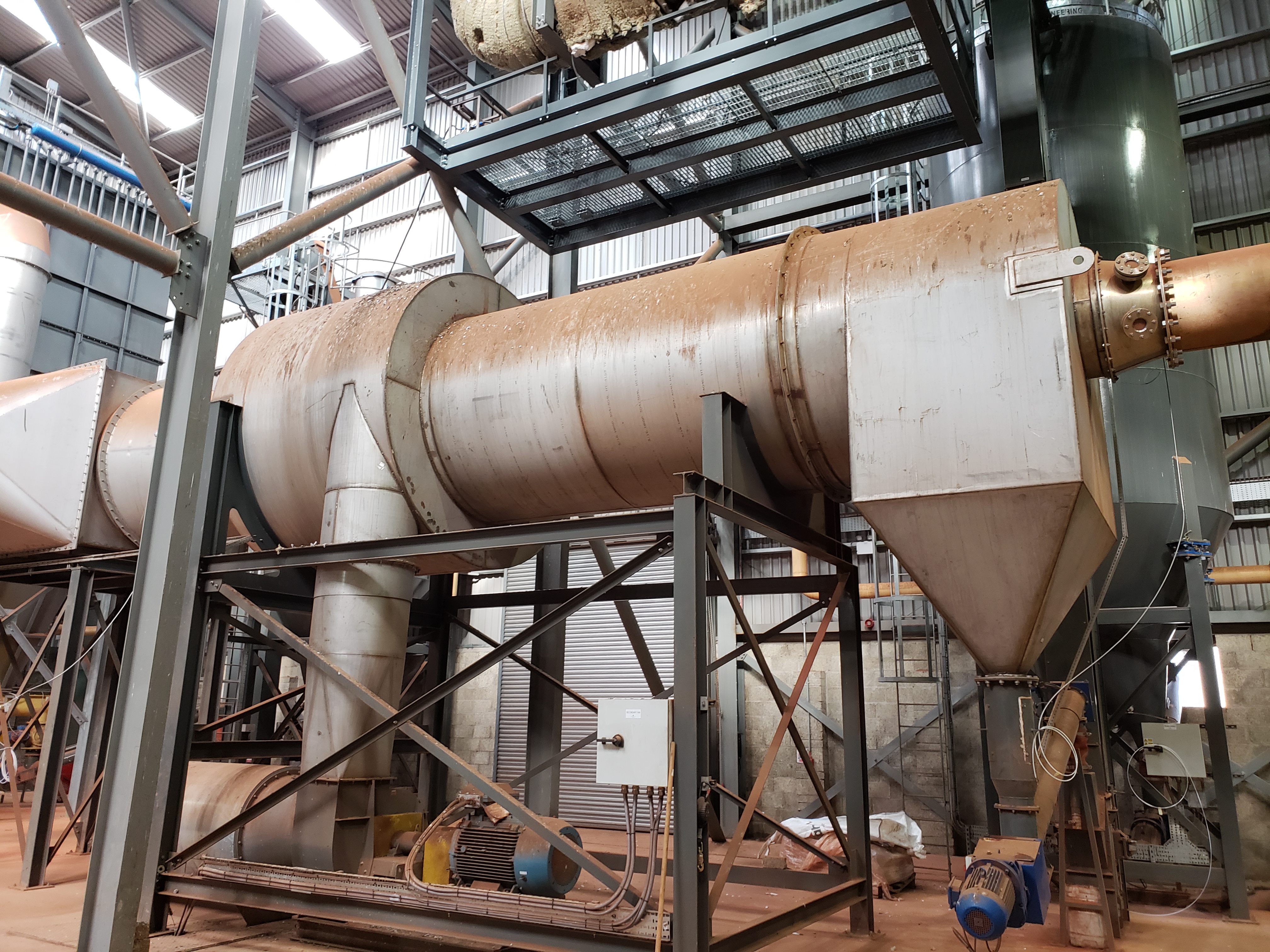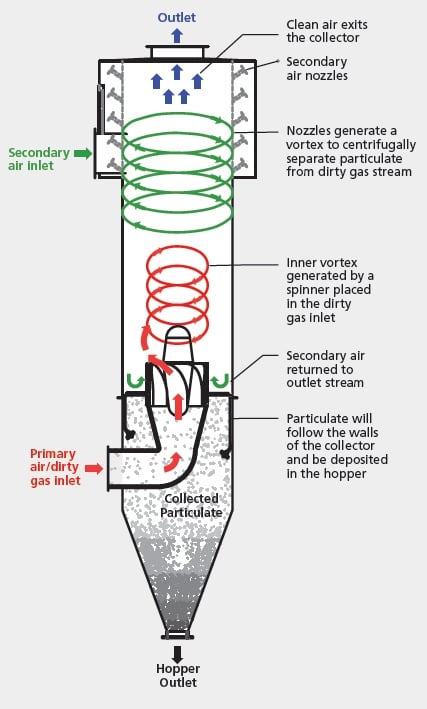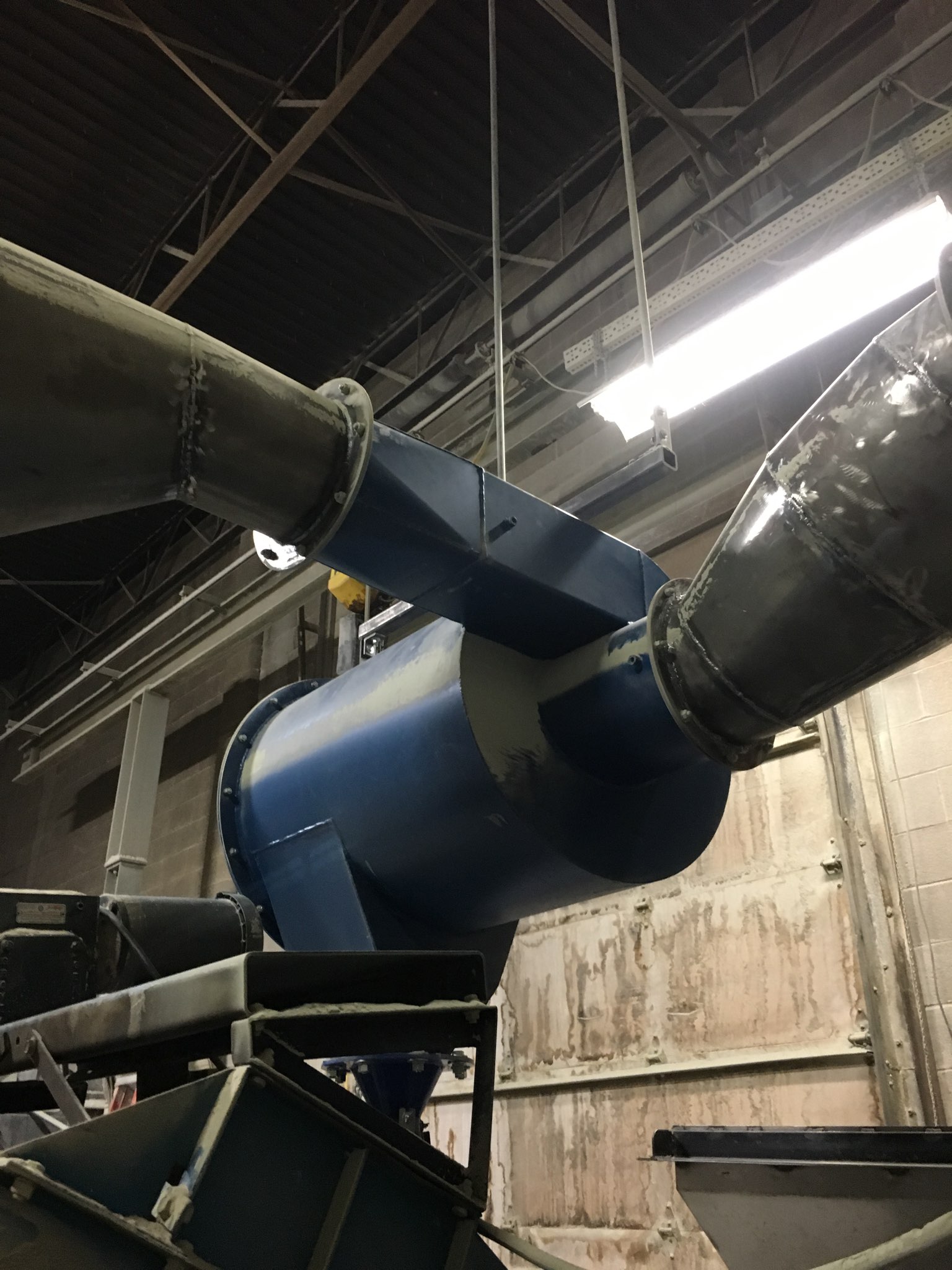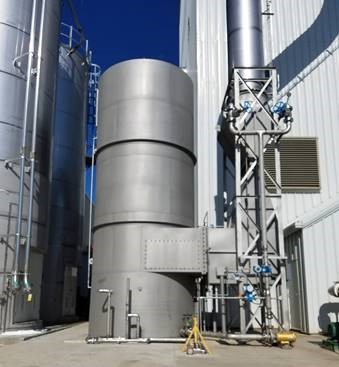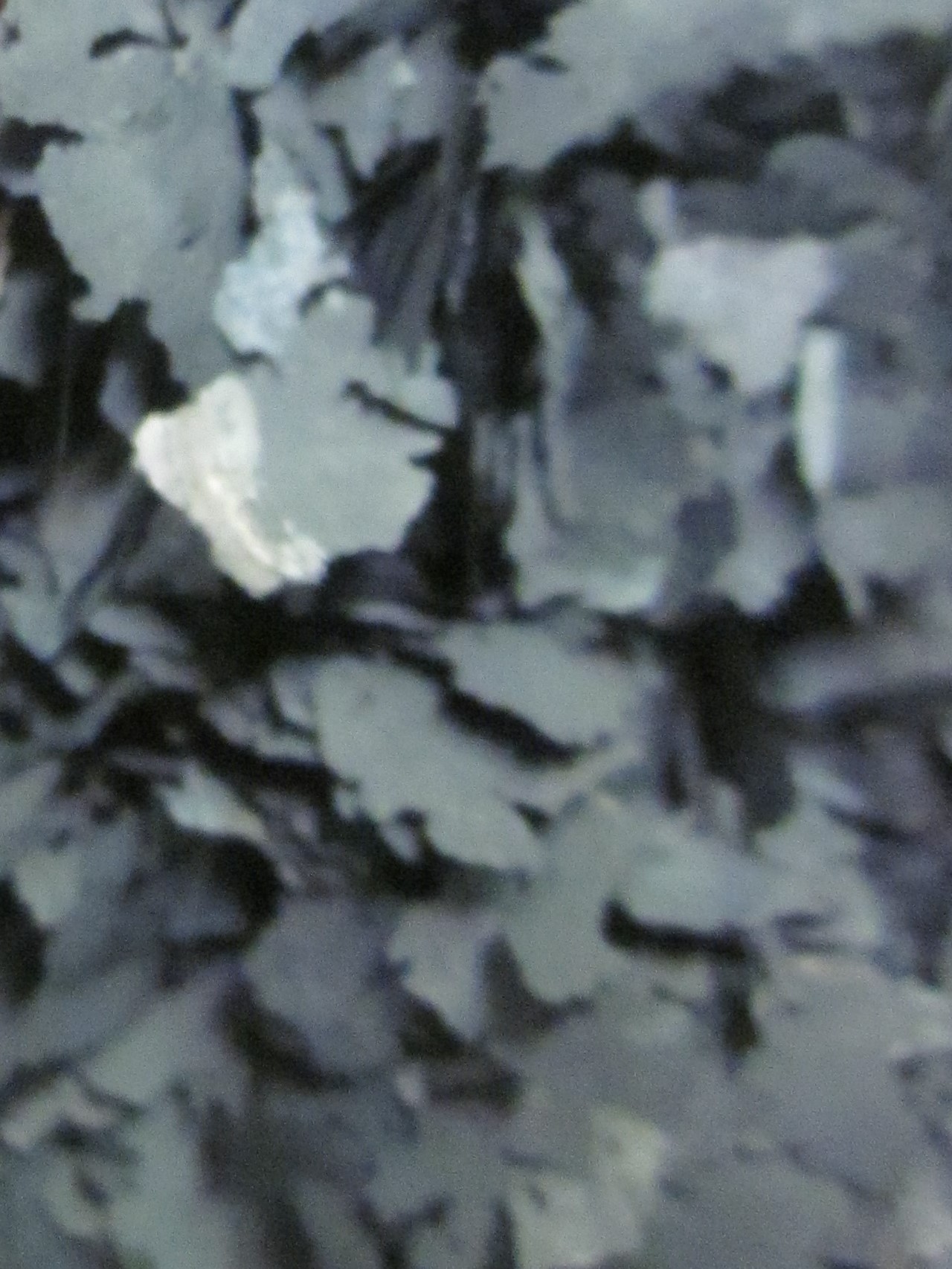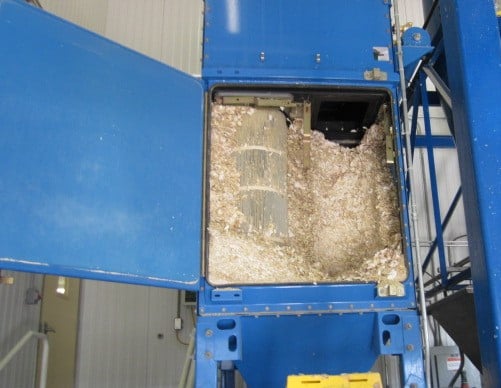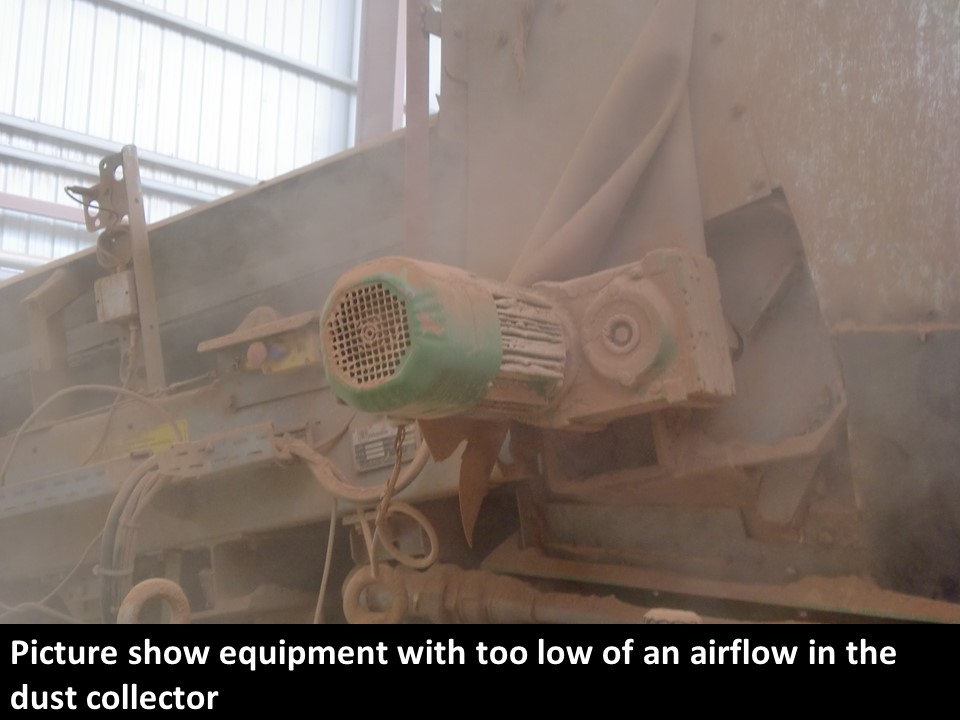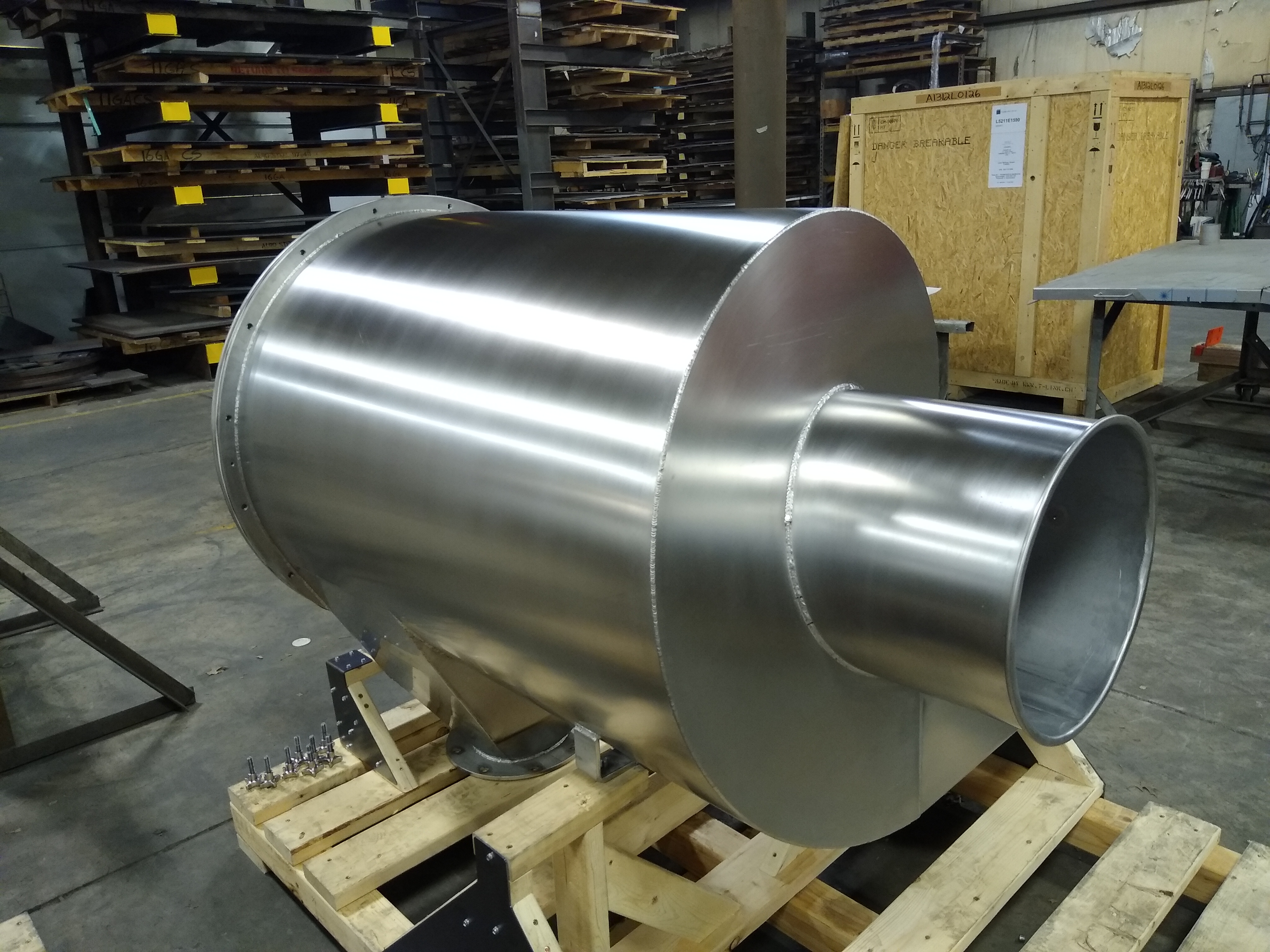Smaller cyclones avoid many of the disadvantageous and time-intensive aspects of larger cyclones, including those relating to installation and regulatory compliance. Here are the five frequently asked questions about using small dust-collection cyclones.
How does GPC technology shrink the size of a cyclone without hurting efficiency?
Cyclone dust collectors are designed with a descending cone. Particulate laden air enters an inlet at the top and rotates down, exiting at the bottom while clean air is exhausted from the top. Dust is thereby separated from the airstream for recovery or later disposal. Distinct cyclones have emerged on the market that use GPC technology. These changes the shape and structure of the cyclone to make it just as efficient as much longer cyclones for the same volume of airflow passing through them.
GPCs have a ground plate located inside the cyclone. It intercepts dust in the airstream, causing particulate to divert toward the hopper, and also to lose momentum and fall out of the airstream. It also intercepts the airflow, thereby preventing dust re-entrainment from the hopper. What’s more, this technology is less dependent on gravity, enabling horizontal installation of the cyclone—very helpful where overhead space is limited.
Can a small cyclone reduce the cost of explosive dust applications?
More than 70% of industrial dusts are explosive, so venting for explosive dust is a common feature of plants. Potentially explosive dust requires the use of an explosive vent and ductwork in strict compliance with NFPA (National Fire Protection Association) standards. In general, in the event of an explosion in a cyclone, the goal is to control the location of the explosion, i.e. outside the building and away from people. Often it is more practical to locate the cyclone outside. This adds additional costs for a concrete pad and long ductwork runs. It also introduces the effect of weather that can shorten the lifetime of equipment.
Are horizontal cyclones easier to clean?
Standard cyclones may be time-intensive to clean, owing to flanges and small access doors.
A horizontally installed GPC cyclone typically features a wide removeable backplate, allowing it to be cleaned in a fraction of the time that a traditional cyclone requires. The bolts on the backplate can even be replaced with quick-disconnect clamps, further reducing maintenance time.
How can point-of-use dust collection cut costs?
Small dust collection cyclones are easier to install at the point of use, i.e. directly adjacent to a dust production area. This allows reclamation before the dust is mixed with other dusts in a central dust collection system. It’s always better to recover as much of your product as possible so you can sell it or reuse it, instead of letting it go into costly filters.
Point-of-use dust collection also minimizes buildups of material in the ductwork, as much less dust is travelling through the ducts to reach the main collector.
Can small GPC cyclones be used on mobile dust collection applications?
Any mobile dust collection application needs to maximize the available space and minimize weight. A big cyclone takes up precious space on a vehicle. Often a cyclone must be lowered before travel, to fit under obstructions such as bridges, and then raised to a vertical position when it gets to the job site.
Compact enough to fit on semi-trucks, trains, and ships, horizontal cyclones don’t need to be raised and lowered. The cyclone will already be in operational position while also easily fitting under bridges or into small spaces.
Aerodyne experts make a big deal out of small. For a consultation about the cost savings of small cyclones, or to discuss maximizing the efficiency of your current system with NFPA compliance, contact the experts at (440) 543-7400 or DC@DustCollectorHQ.com.
To improve efficiency and safety, there is no substitute for an on-site inspection by an experienced expert. Click below to start with a free 20-minute phone consultation by clicking the button.

